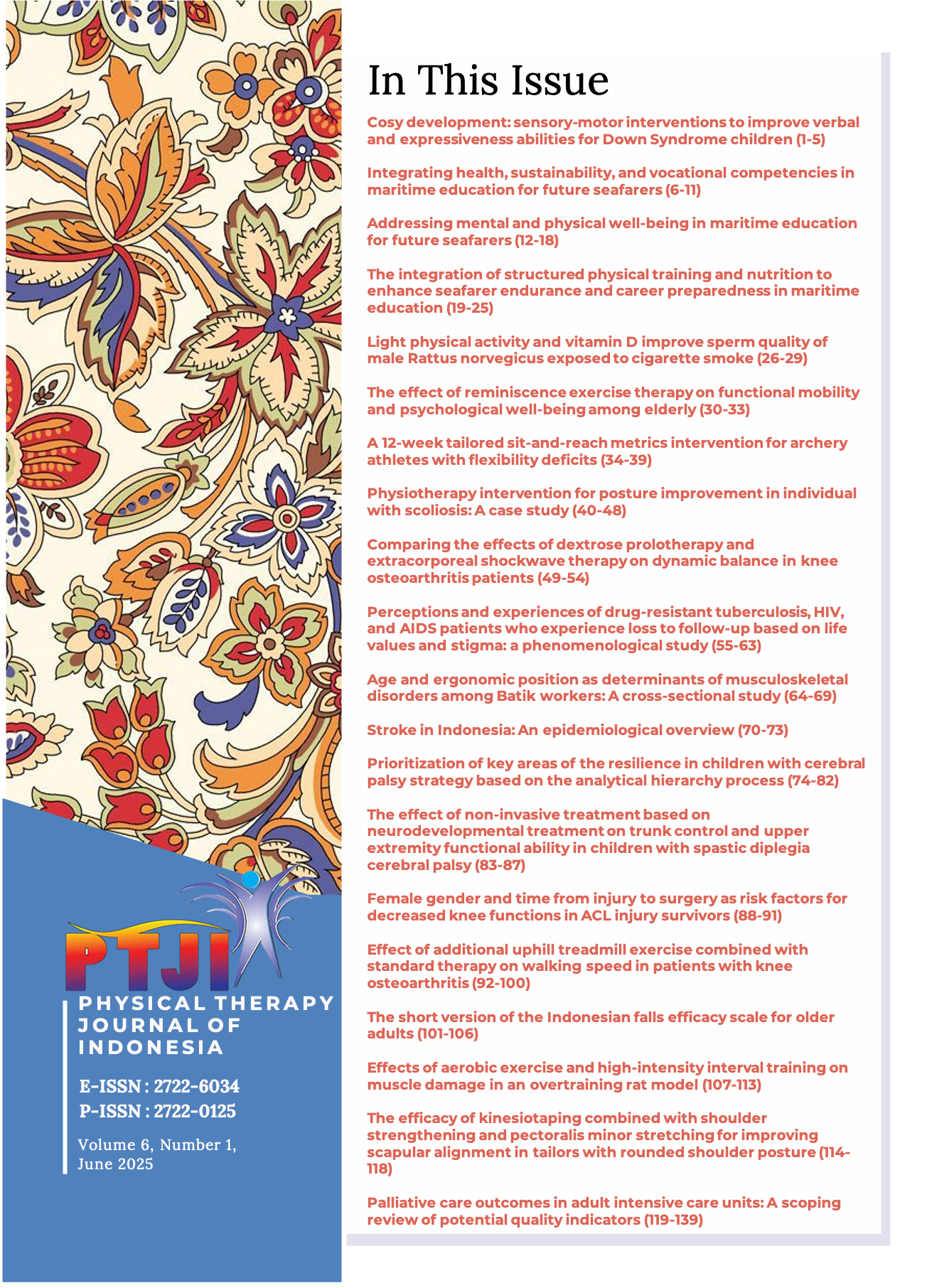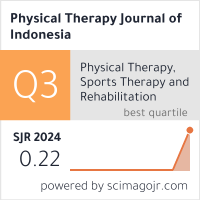Prioritization of key areas of the resilience in children with cerebral palsy strategy based on the analytical hierarchy process
Abstract
Background: Children with cerebral palsy (CP) often require various forms of support to fulfill their basic rights and achieve a good quality of life. This research aimed to identify strategies to enhance the resilience and sustainability of children with CP.
Methods: This research used the analytic hierarchy process (AHP) developed by T. Saaty. We identified key elements, such as social, economic, and environmental factors, that enhance resilience in children with CP. This study used expert respondents, including the government, academics, the community, the private sector, society, and people with CP.
Results: The research results indicated that the main strategies were strengthening central and regional regulations, updating integrated data, enhancing the ecosystem of inclusive disability services, increasing the quantity and quality of medical and educational personnel, massive social movements related to disabilities, and building inclusive areas. The government plays a key role in determining policies that would have an overall impact. The potential for the sustainability of children with CP could be realized by paying attention to the key factors crucial for the sustainability of children with CP.
Conclusion: According to this study, local governments should be better equipped to create policies based on reliable disability data. Teachers and medical staff should also get continual training on how to help children with CP. To ensure the strategy's durability, stakeholder collaboration using the Penta Helix approach must be institutionalized. This study suggested that we should increase the public advocacy through social movements and the media to end stigma and promote inclusive public space design.








3.gif)

